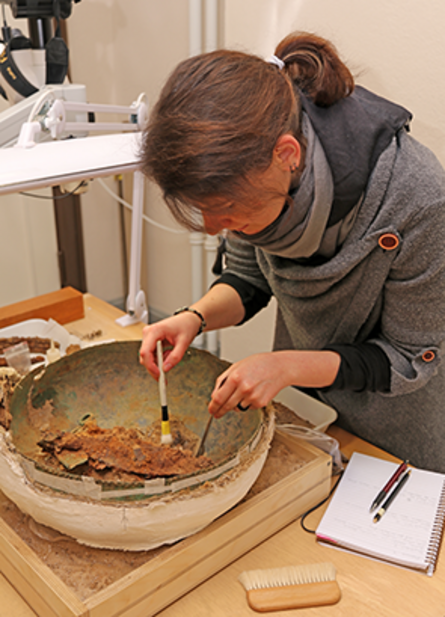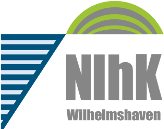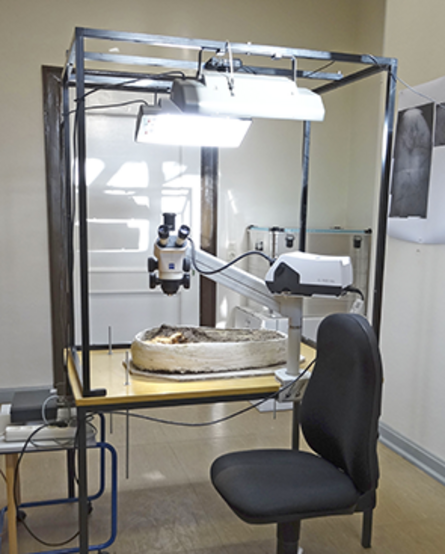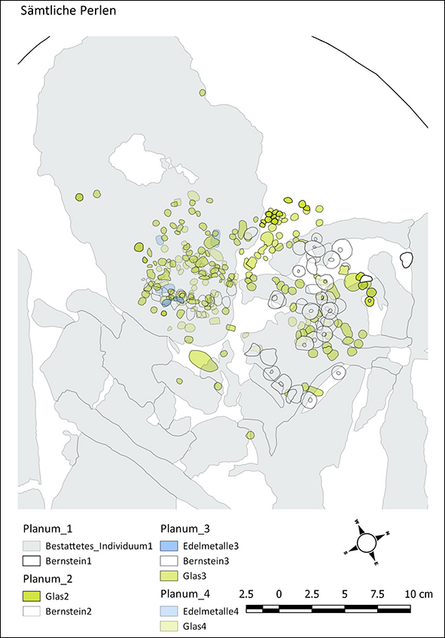
Investigation and documentation of block-lifted grave finds of the 1st millennium AD
Grave finds along with exceptionally well-preserved or particularly decayed artefacts found in the course of archaeological excavations have increasingly been block-lifted, i.e. recovered within their original finds context with the aim of meticulous excavation, stratigraphic investigation but, above all, to ensure detailed documentation under laboratory conditions. This treatment, however, has so far been enormously time consuming, which is why the development of new, efficient documentation methods for the analysis of this important type of contexts is of great significance.
Format and extent of the documentation are primarily predicated by the approach taken during the micro-excavation of the block-lifted context, and the approach, in turn, is influenced by a variety of factors. These can include preservation and size of the context; the material or combination of materials; type and quantity of finds; as well as the available technical and financial parameters and, not least, the available time frame. Under the supervision of Dr. Annette Siegmüller, Christina Peek M.A. and Dr. Moritz Mennenga of the NIhK, new methods for the investigation and documentation of block-lifted grave finds with and without layers of organic finds from the cemeteries of Neuenkirchen and Apensen have been explored within the scope of two final-year projects at the State Academy of Fine Arts, Stuttgart (Prof. Dr. G. Eggert, Dr. A. Fischer) and the University of Applied Sciences Erfurt (Prof. T. Staemmler). The block-lifted grave contexts have been provided by the district archaeologists of the districts of Cuxhaven and Stade, respectively. The application of a GIS based documentation method developed by Svenja Kampe proved to be particularly promising, as it appears to enable the standardisation of stratigraphic investigation, even if only limited facilities are available.


